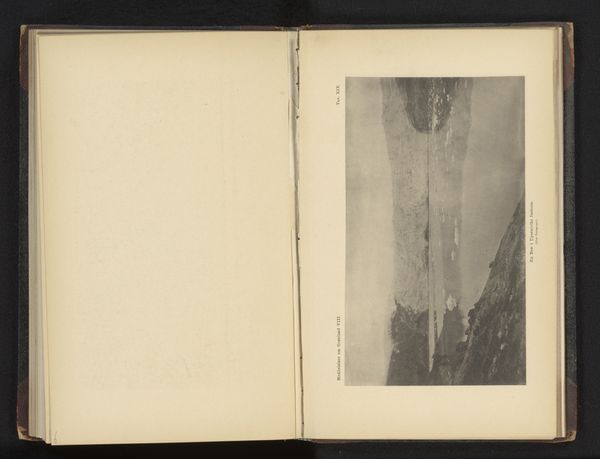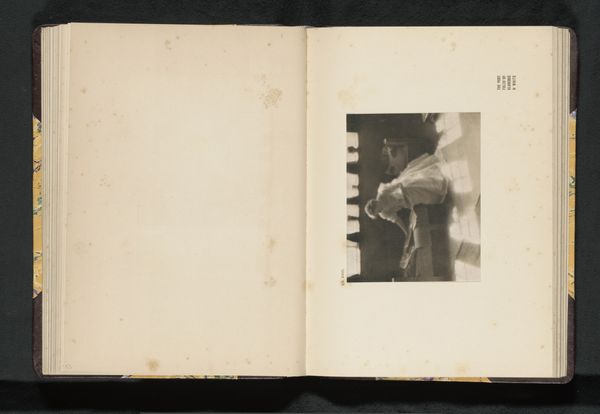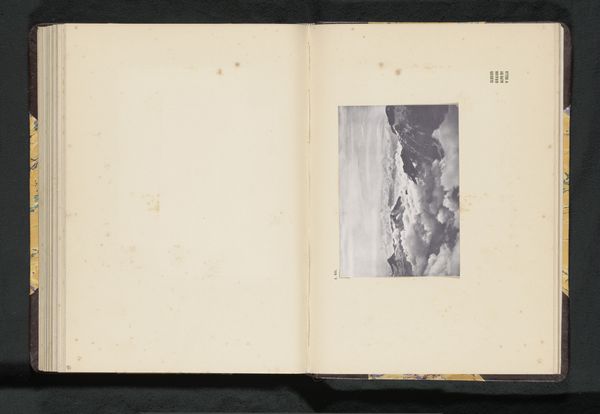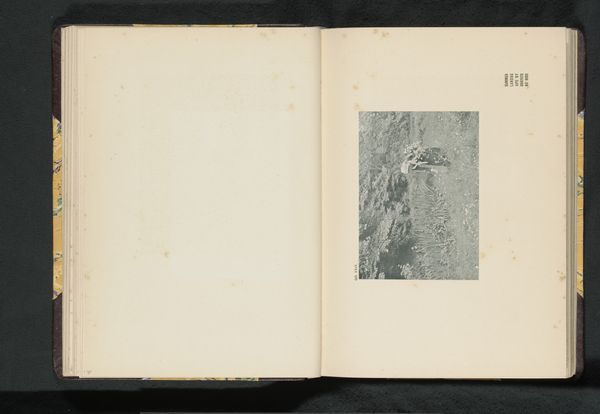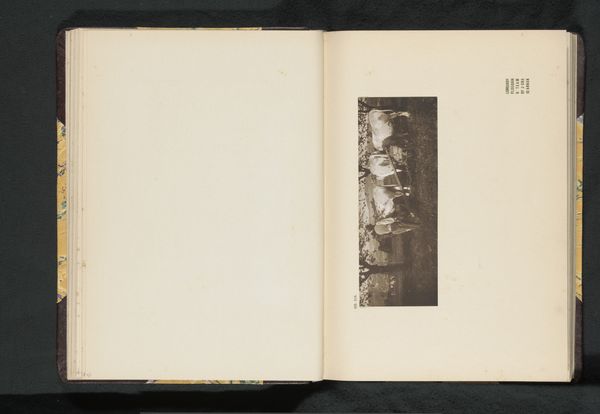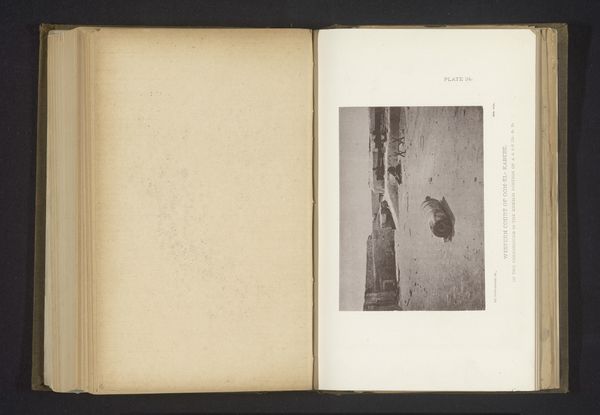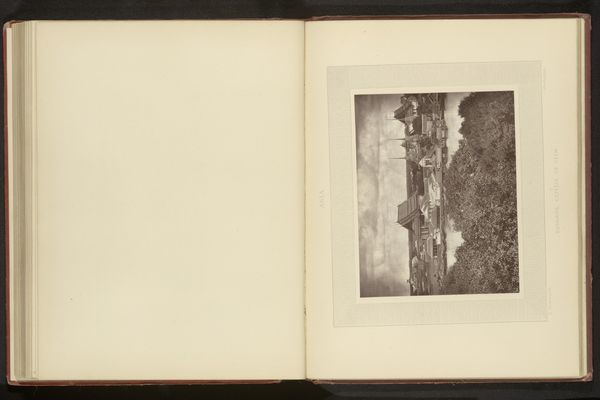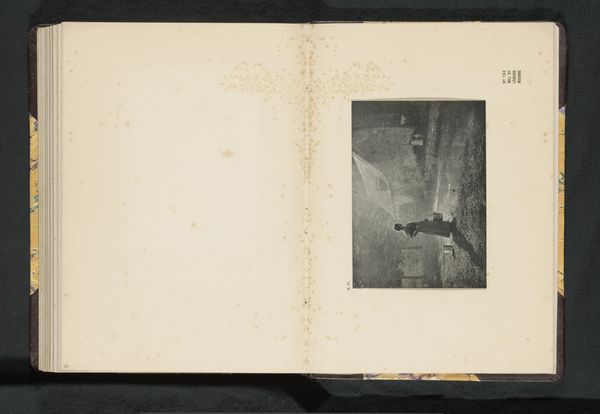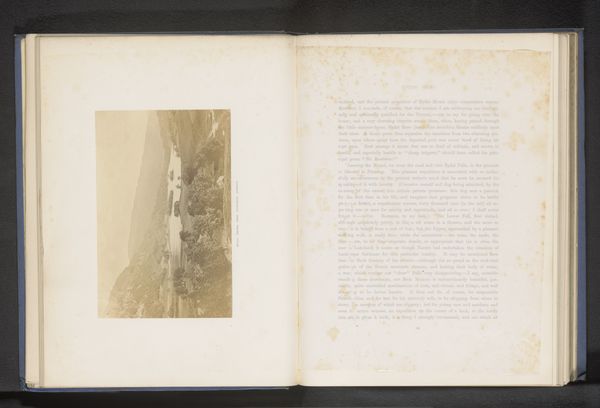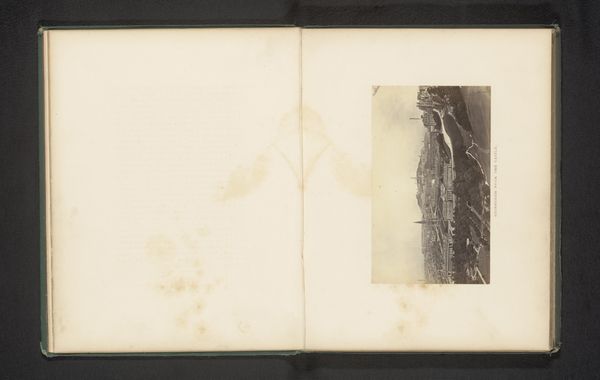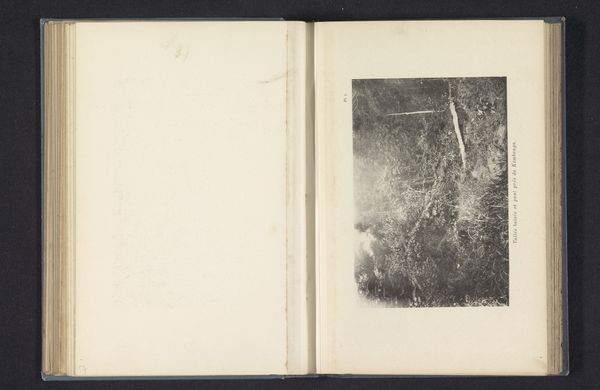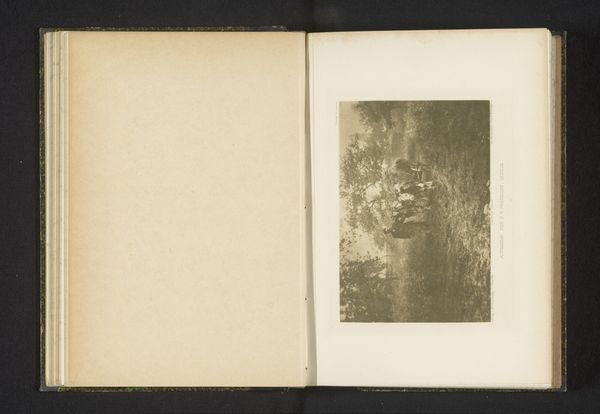
print, photography
# print
#
landscape
#
photography
#
realism
Dimensions: height 94 mm, width 141 mm
Copyright: Rijks Museum: Open Domain
Curator: Edward Hepburn's photographic print, "Landschap met paard en wagen," or "Landscape with horse and cart," captures a moment seemingly untouched by the modern world, dating from before 1905. It feels utterly serene. Editor: Yes, a kind of dreamy stillness pervades it, almost as if time itself has slowed down. The composition feels deliberate. I wonder what kind of printing process created such soft gradations? The gray scale adds to the sense of remove, like gazing into the past. Curator: Hepburn, working at the turn of the century, likely used albumen or gelatin silver printing, the techniques prominent in photographic reproduction at that time, aligning with a desire for detailed and stable images. I find it compelling how the horse and cart, traditional symbols of transport and labor, are nestled in a natural landscape. Does it evoke a specific emotion? Editor: It speaks of connection – of people working with animals, integrated into nature's cycles. I find it curious, though, that the focus on 'landscape' aestheticizes labor. It’s easy to romanticize a pre-industrial world when we don't experience its daily demands. What narratives did it attempt to offer to its viewers, and for what markets was it created? Curator: Perhaps it offered urban viewers a nostalgic glimpse into a vanishing agrarian lifestyle or even simply, an escape into natural beauty removed from the grime and haste of city life. There's something undeniably enduring in that yearning, a deep cultural resonance. It evokes that very timeless image of people’s relationship to the land. Editor: True, though I keep wondering about the conditions behind this tranquil surface. What realities of agricultural labor are consciously – or unconsciously – concealed by it? It gives insight into consumption patterns during the rise of industrial capitalism in European society and reminds us that photography and prints served as an ideal form for mass media communications across broad audiences at that time. Curator: I agree – it highlights how photographic prints were tools for constructing and reinforcing cultural narratives, even about an image with what seems to be an obvious read. The image, as is and in our memory, might not completely represent history but still stands as something emotionally touching. Editor: It serves as a reminder of the complex relationship between art, labor, and representation in shaping our perception of history, one that asks what we choose to depict.
Comments
No comments
Be the first to comment and join the conversation on the ultimate creative platform.
